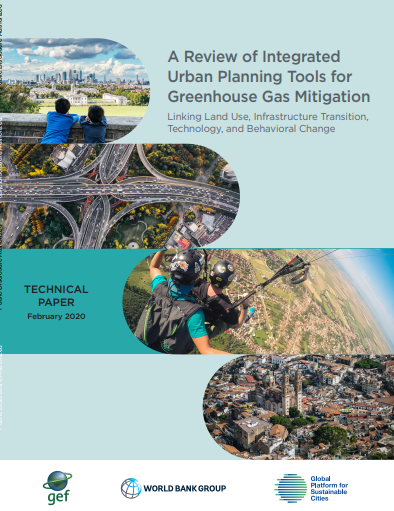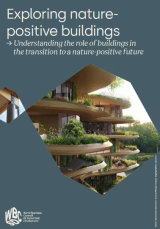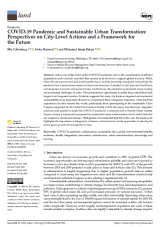
-
Topics
Urban Planning
-
Published On
May 12, 2020
Achieving the Sustainable Development Goals (SDGs) over the next 30 years will critically depend upon urban land use and infrastructure development actions taken across multiple sectors (buildings, energy, transportation, water-sanitation, and waste) in global cities. Integrated urban planning addresses a multiplicity of urban sustainability objectives (e.g., economy, environment, inclusivity, and resilience), including cross-sectoral and cross-scale linkages and connection of physical planning with social, cultural, behavior, and policy dimensions. Urban land use is foundational to integrated urban planning. Grounded in urban land use, four key levers have been identified that have significant potential to result in resource-efficient, inclusive, and low-carbon cities:
1. Compact urban development (CUD) and land use
2. Single-sector infrastructure and technology innovations
3. Cross-infrastructure interventions
4. Policy and behavior change
Together, these four levers shape how urban land use and infrastructure provisioning will impact the SDGs, in particular the goal of reducing greenhouse gas (GHG) emissions associated with cities—which is a key objective of the Global Platform for Sustainable Cities (GPSC).
Together, the four levers can have a multiplicative effect that maximizes GHG mitigation potential and thus helps achieve the targets of the Paris Agreement. For example, an inclusive compact urban form (Lever 1) can reduce travel demand, reduce material use (via high-rise construction versus single-story homes that are typical of urban sprawl), and lower the cost of physical infrastructure networks. Building upon this compact urban form, additional efficiencies and low-carbon trajectories can be achieved both within individual sectors (Lever 2, e.g., by making each building more energy efficient or supplying it with renewable energy) and across sectors (Lever 3, e.g., by having a network of buildings dense enough to reuse waste heat through district energy systems). Human behavior is critical to ensure that resourceefficient technologies and urban form are deployed in a manner that reduces energy use overall (Lever 4). The objective of this report is to review the state of knowledge (science) and the state of practice (models actually used by cities for policy) for modeling the GHG mitigation benefits achievable through integrated urban planning across the four levers, with attention to the foundational Lever 1, CUD.
| Download |



